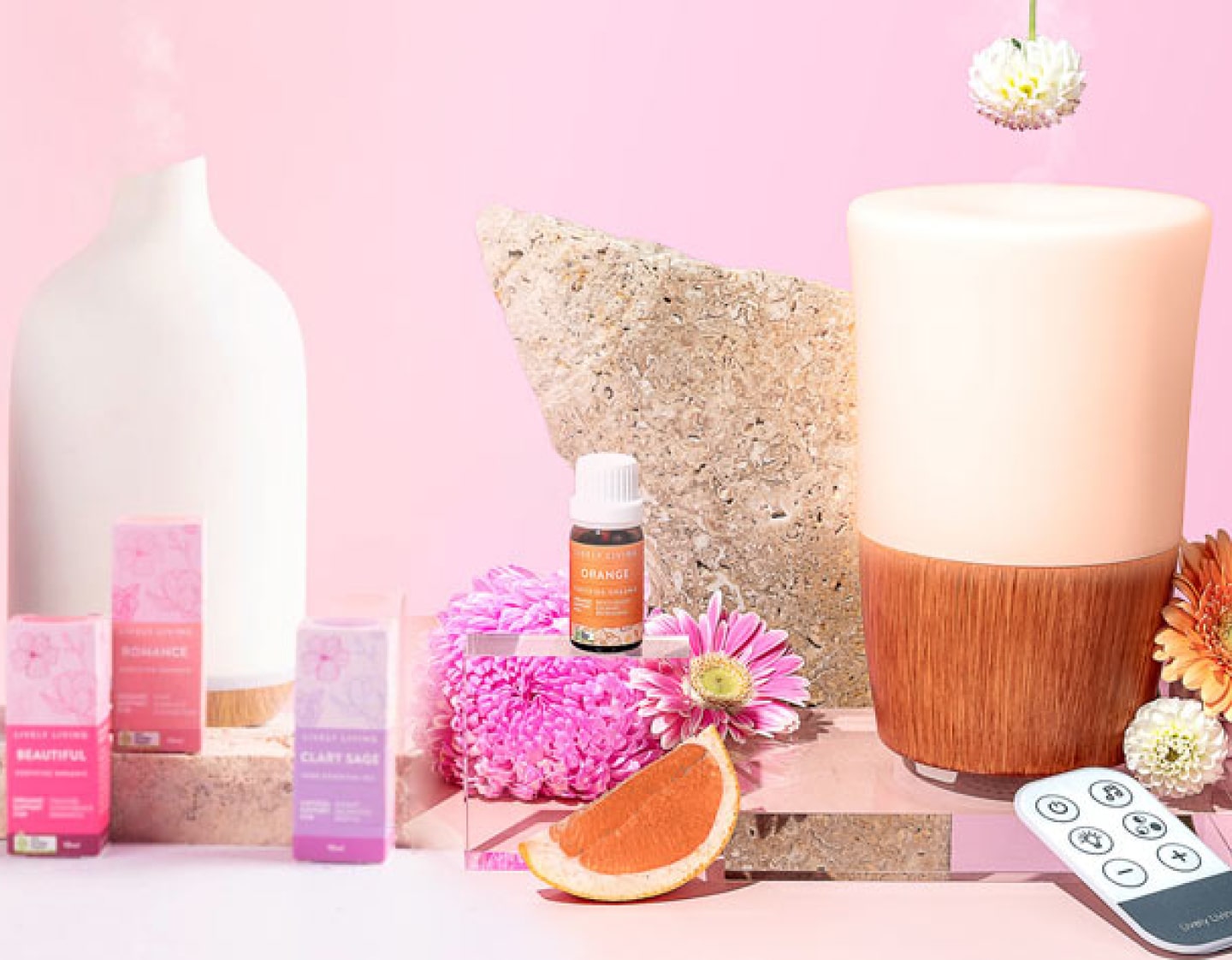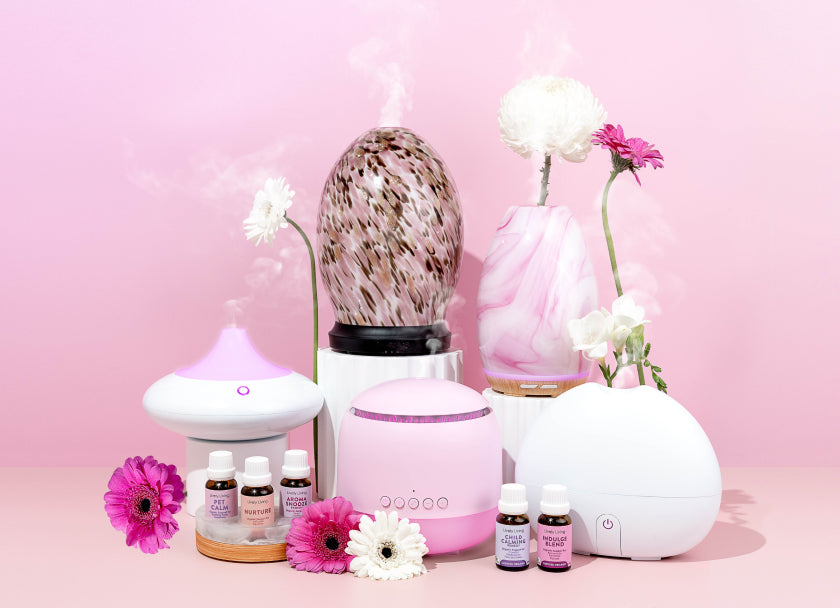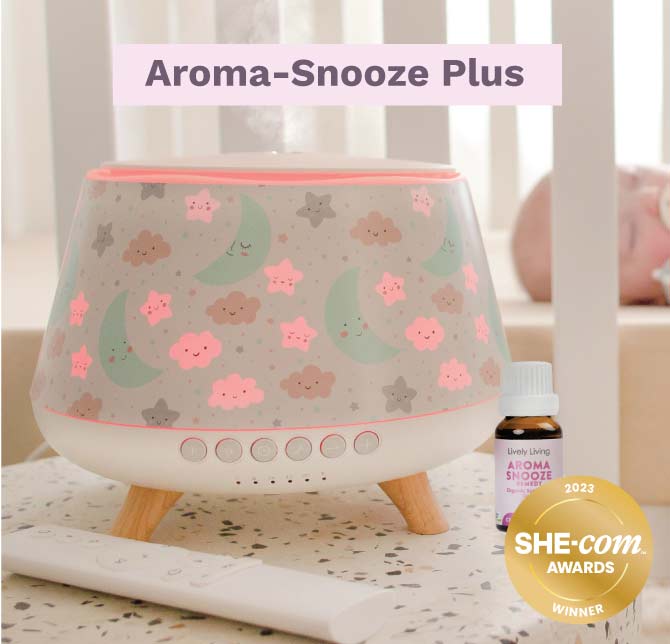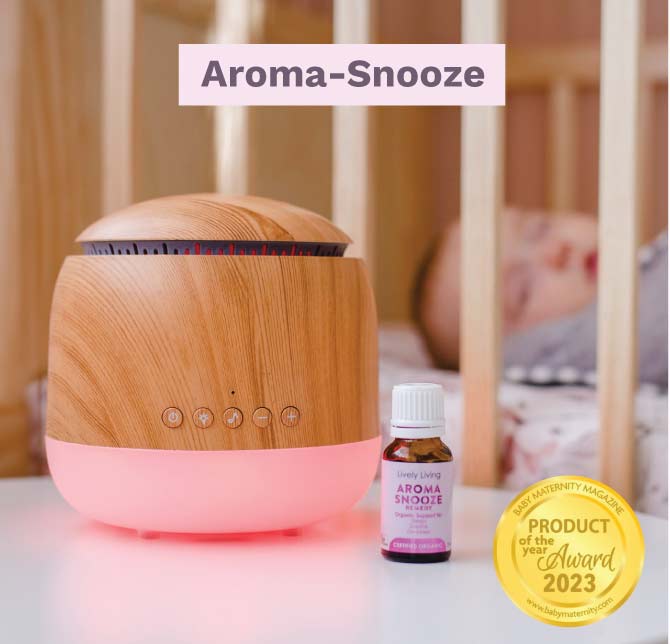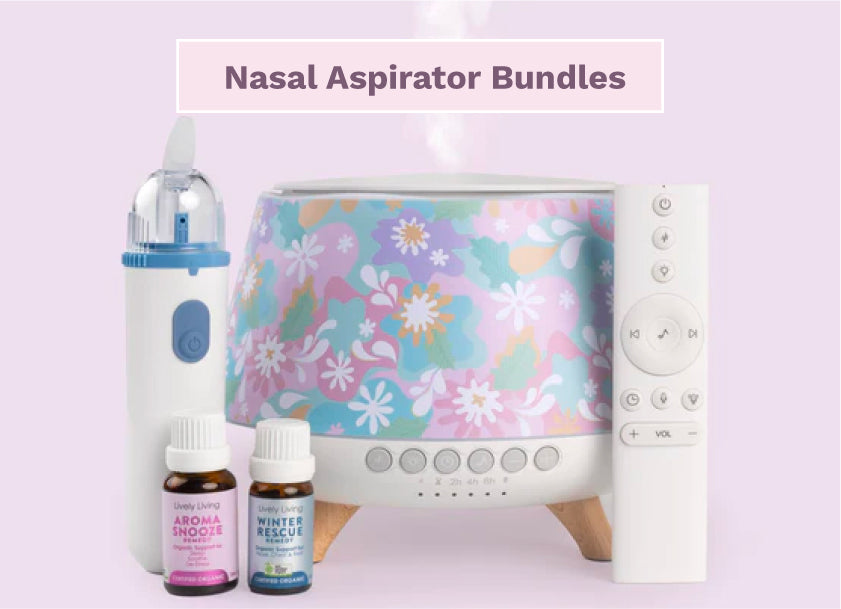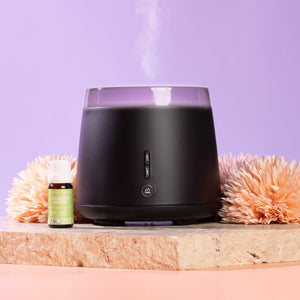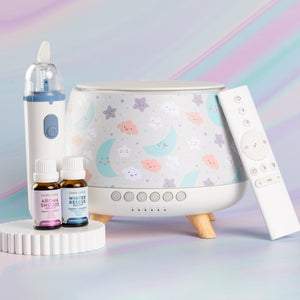Creating Your Ideal Bedroom Sanctuary for Better Rest
Are you tired of tossing and turning all night, dreaming of waking up feeling truly refreshed? So many of us struggle to get good sleep, which is essential for our overall well-being. The great news is that your bedroom environment plays a huge part in how well you rest, and you have the power to transform your space by Creating Your Ideal Bedroom Sanctuary for Better Rest, a place that invites calm and deep slumber, ultimately leading to a better night's sleep.
This transformation isn't about expensive makeovers; it's about smart, simple changes that anyone can implement. You can make your bedroom a haven for sleep, a true bedroom retreat designed for optimal rest. You'll learn how focusing on your surroundings can dramatically improve your nightly rest, leading to better days and improved health conditions by fostering a comfortable sleep environment.
Table of Contents:
- Why Your Bedroom Space Shapes Your Sleep
-
Step 1: Clear the Clutter for a Clear Mind
-
Step 2: Pick Colors That Invite Relaxation
- Step 3: Optimize Your Bed for Peak Comfort
- Step 4: Managing Light for Healthy Sleep Cycles
-
Step 5: Creating Your Ideal Bedroom Sanctuary for Better Rest Through Sound
- Step 6: Keep Cool for Undisturbed Slumber
- Step 7: The Power of Scents: Aromatherapy and Essential Oils
- Step 8: Designate Your Bedroom a Tech Free Zone
- Step 9: Add Personal Touches That Promote Peace
- Maintaining Your Sleep Sanctuary
- Conclusion
Why Your Bedroom Space Shapes Your Sleep
Think about how you feel when you walk into a cluttered, chaotic room; it's often stressful, right? Now, imagine a clean, peaceful space. Your bedroom should feel like the second one, a perfect space designed to promote restful sleep. The way your bedroom looks, feels, and even smells directly affects your ability to relax and fall asleep.
Our brains are very responsive to our surroundings, and a messy or stimulating bedroom can keep your mind racing. This internal chatter makes it hard to wind down, preventing you from getting quality sleep. But a calm and comfortable environment sends signals to your brain that it's time for sleep, which is where creating a sleep sanctuary truly helps you fall asleep faster.
Sleep quality impacts everything, from your mood and energy levels to your overall health. Poor sleep can contribute to various health conditions over time, affecting your blood pressure and more. So, taking steps to improve your sleep environment is an investment in your well being and essential for a good night's sleep.
Step 1: Clear the Clutter for a Clear Mind
One of the first steps to a peaceful bedroom is decluttering, as clutter often equates to stress. A messy room can make your mind feel messy too, hindering your ability to achieve restful sleep. You want your bedroom to be a place of rest, not a storage unit or a reminder of pending tasks, so creating your ideal bedroom is key.
Start small by picking one corner or one type of item, like clothes. Go through things and decide what you really need in your bedroom; things that don't belong, like work papers or exercise equipment, should find a new home. This is a fundamental part of bedroom styling for tranquility.
Organize what's left using drawer organizers, under-bed storage, or shelves—these are excellent low-cost room upgrades. The goal is to have clear surfaces and a sense of order, creating the perfect environment for relaxation. A study published in the Personality and Social Psychology Bulletin found that women who described their homes as 'cluttered' had higher levels of the stress hormone cortisol, which can disrupt sleep.
Making Organization Easy
Try the 'one-in, one-out' rule: when you buy something new, get rid of something old to prevent clutter from building up again. Keep a donation box handy for items you no longer use; this is a simple yet effective low-cost room strategy. This method helps maintain a tidy space conducive to good sleep.
Make your bed every morning; it's a small habit that makes a big difference in the overall feel of your bedroom. It instantly makes the room look tidier and sets a positive tone for the day and a welcoming one for the evening. This simple act contributes to a comfortable sleep environment.
Think about what truly needs to be in your bedroom, as its main purpose is sleep and intimacy. Everything else is likely a distraction that could hinder your ability to fall asleep. This minimalist approach helps create calm and promotes better sleep quality.
Step 2: Pick Colors That Invite Relaxation
Colors can greatly influence your mood, and for a sleep sanctuary, you want colors that soothe and relax. Think calm, not chaos, as bright, loud colors can be stimulating, which is the opposite of what you need at bedtime for optimal sleep. Understanding how colours play a role in your environment is important.
Cool colors are generally good choices for bedroom styling that promotes sleep. Blues, greens, and soft grays are often recommended for bedrooms because these shades are known to have a calming effect on the mind. Color psychology suggests that a light blue, for instance, promotes feelings of tranquility and peace, ideal for a good night's sleep.
Neutrals are also excellent options for creating a restful space. Think soft beiges, creams, or light browns; they create a gentle, warm backdrop. You can always add pops of your favorite calming colors with accessories like pillows or throws to achieve your ideal sleep setting.

Using Color Wisely
You don't have to repaint the whole room if that's too much; start with bedding or curtains in calming hues as part of your room upgrades. Even small changes in color can shift the room's atmosphere, helping you create a comfortable sleep environment. Choose matte finishes over glossy ones, as matte paint absorbs light and feels softer, contributing to a more serene feeling.
Consider the amount of natural light your room gets, as darker rooms might benefit from lighter shades. Lighter shades can make a space feel more open and airy, while darker, muted tones can create a cozy, cocoon-like feel if that's what you prefer. It's about what makes you feel most relaxed and ready for quality rest.
Step 3: Optimize Your Bed for Peak Comfort
Your bed is the star of your bedroom sanctuary; if it's not comfortable, your sleep will suffer significantly. This involves more than just a mattress; it includes your pillows, sheets, and blankets too, all contributing to how well you fall asleep. Spend time finding what feels best for you, as this is a very personal choice for comfortable sleep.
The average person spends hours in bed, so ensuring it's a great bed is a worthy investment. What works for one person might not work for another. So, personalize your choices for your best night's sleep.
Mattress Matters Most
A good mattress is a foundation for good sleep and achieving ideal sleep. If your mattress is old, sagging, or uncomfortable, it's time for an upgrade, as most mattresses last about 7 to 10 years. Signs you need a new one include waking up sore, experiencing neck pain, or not sleeping as well as you used to, all of which can indicate poor spinal alignment.
There are many types of mattresses: memory foam, innerspring, latex, hybrid. Research different types to see what might suit your sleep style and preferences; for example, some materials trap heat more than others. If you sleep on your side, you might need a softer mattress for pressure relief, while back or stomach sleepers often prefer firmer support for better spinal alignment.
Don't be afraid to test mattresses in stores, lying down for at least 10 to 15 minutes in your usual sleep position. Many companies also offer at-home trial periods, which is a great way to really know if a mattress is right for you. This is a crucial step for anyone having trouble sleeping.
Bedding Bliss: Sheets, Pillows, and Blankets
Once you have a great mattress, turn your attention to the bedding and upgrade bedding for maximum comfort. Choose sheets made from breathable, natural fabrics like cotton, linen, or bamboo, which are popular choices for quality bedding. The thread count isn't everything; focus on the feel of the fabric against your skin for a comfortable sleep experience.
Pillows are crucial for neck alignment and comfort, and your sleeping position determines the best pillow type. Side sleepers usually need thicker, fuller pillows for support, while stomach sleepers may need very thin, soft pillows, or none at all. Back sleepers often do well with a medium-thickness pillow to maintain spinal alignment and prevent neck pain.
Consider investing in a good quality pillow that supports your head and neck properly; there are many fillings available, from down and feather to memory foam and latex. Again, personal preference is key for finding your sleep essential. Don't forget to replace pillows every one to two years, as they can accumulate allergens that might disrupt sleep.
Your blankets and duvets add the final layer of comfort to your great bed. Choose a weight that feels good to you; some people love the feeling of a heavy weighted blanket, while others prefer light layers they can adjust. Natural fabrics tend to breathe better than synthetics, helping regulate temperature and preventing you from feeling like they trap heat, which contributes to a good night's sleep.
Here's a quick comparison of common pillow types based on sleeping positions:
| Sleeping Position | Recommended Pillow Type | Key Benefit |
|---|---|---|
| Side Sleeper | Thick, firm, or fuller pillows | Maintains spinal alignment, fills space between ear and shoulder. |
| Back Sleeper | Medium thickness, medium firmness | Supports the natural curve of the neck. |
| Stomach Sleeper | Thin, soft pillow or no pillow | Prevents neck strain and unnatural head elevation. |
| Combination Sleeper | Adjustable fill or medium adaptable pillow | Offers versatility for various positions throughout the night. |
Step 4: Managing Light for Healthy Sleep Cycles
Light is a powerful cue for our internal body clocks, or circadian rhythm. Too much light at the wrong times can disrupt sleep, making it harder to achieve quality sleep. Your bedroom needs to be dark to signal to your brain that it's time to produce melatonin, the sleep hormone crucial for falling asleep.
Even small amounts of light, including light pollution from outside, can interfere with your rest. Think about light from streetlights, alarm clocks, or electronics. These can fragment your sleep without you even realizing it, impacting your current sleep patterns.
Welcome the Darkness with Blackout Options
Blackout curtains, especially high-quality blackout curtains blackout curtains, or blinds are fantastic for blocking outside light and are excellent room upgrades. Curtains blackout capabilities can make a huge difference, especially if you live in an urban area prone to light pollution. If curtains blackout curtains are not an option, a comfortable eye mask works well too, helping you create the perfect environment for sleep.
Pay attention to light sources inside the room; cover or remove any electronic devices with glowing lights. Even the tiny light on a phone charger can be disruptive to sensitive sleepers. Choose an alarm clock with a dimmable display, or one that has no light at all, to promote restful sleep.
Dimming Lights Before Bed
In the hour or two before bed, start dimming the lights in your home as bright overhead lights can trick your brain into thinking it's still daytime. Use lamps with warm, soft bulbs instead; this helps your body naturally start preparing for sleep. It's time to signal your body that rest is approaching.
Consider smart bulbs that you can control with your phone or voice, allowing you to set them to gradually dim as bedtime approaches. This mimics the natural setting of the sun. It is a gentle way to ease into a restful state and improve your sleep habits.
The Problem with Blue Light
Blue light, which is emitted by screens like phones, tablets, and computers, is particularly bad for sleep as it suppresses melatonin production more than other types of light. Try to avoid screens, especially scrolling through social media, for at least an hour before bed. If you must use a device, use a blue light filter or night mode setting to minimize its impact on your sleep quality.
Engaging in sleep reading with a physical book under soft lamplight is a much better pre-sleep activity. It helps your mind wind down without the disruptive effects of blue light. This simple switch can really help your sleep quality and make it easier to fall asleep faster.
Step 5: Creating Your Ideal Bedroom Sanctuary for Better Rest Through Sound
Noise can be a major sleep thief, whether it's traffic, noisy neighbors, or a snoring partner; unwanted sounds can keep you awake. Controlling the soundscape of your bedroom is an important part of achieving better rest and a good night's. Addressing sound is a key sleep essential for a peaceful bedroom retreat.
First, try to reduce noise at its source. If possible, address noisy appliances or squeaky doors. Weatherstripping windows and doors can help muffle outside sounds, and rugs or soft furnishings can also absorb sound within the room, improving your sleep environment.

Introducing Soothing Sounds
Sometimes, you can't eliminate all noise, and in these cases, you can mask disruptive sounds with more pleasant ones. A white noise machine can be very effective; it produces a consistent, gentle sound that helps drown out other noises. Many people find white noise machines very soothing for achieving quality rest.
Nature sounds, like rain or ocean waves, can also promote relaxation and help you fall asleep faster. There are apps and devices, including various noise machines, that offer a wide variety of these sounds. Some people prefer calming music or guided meditations specifically for sleep; experiment to find what helps you relax and drift off into optimal sleep.
If you share your bed with a partner who snores, earplugs might be a simple fix. Look for comfortable, reusable earplugs designed for sleeping. It may take a few tries to find a pair that works well for you, but addressing noise can truly transform your sleep and help if you have trouble sleeping.
Step 6: Keep Cool for Undisturbed Slumber
Room temperature plays a significant role in sleep quality because our body temperature naturally drops as we prepare for sleep. A bedroom that is too warm can interfere with this process, making it harder to fall asleep and stay asleep. This can greatly impact your ability to get a good night's sleep.
The ideal bedroom temperature for sleep is generally between 60 and 67 degrees Fahrenheit (15 to 19 degrees Celsius). This might feel a bit cool, but it's optimal for most people. Of course, personal preference varies, so find what's comfortable for you within this range for comfortable sleep.
Use a thermostat to control the temperature; if you don't have central air conditioning or heating, a fan or a portable air conditioner can help. In cooler months, avoid overheating the room; it's better to layer blankets that you can remove if you get too warm. This approach helps achieve the perfect environment for restful sleep.
Breathable bedding and sleepwear also help with temperature regulation, especially if your mattress tends to trap heat. Natural fabrics like cotton and linen allow for better airflow and can wick moisture away from your body. This helps you stay comfortable throughout the night and improve sleep quality.
Step 7: The Power of Scents: Aromatherapy and Essential Oils
Our sense of smell is strongly linked to memory and emotion, and certain scents can promote relaxation and create a calming atmosphere. This makes aromatherapy a wonderful addition to your bedroom sanctuary. Essential oils are a popular way to introduce these soothing scents; oils essential oils can truly transform your space.
Lavender is well known for its calming properties, and many studies suggest lavender can improve sleep quality and reduce anxiety. Chamomile, bergamot, and sandalwood are other scents often used for relaxation, and these essential oils essential oils can be very effective. The use of essential oils essential can be a powerful sleep essential.
It's important to use high-quality, pure essential oils, as synthetic fragrances can sometimes cause headaches or irritation. Always dilute essential oils properly if you plan to apply them to your skin. For diffusing, follow the manufacturer's instructions to promote restful sleep safely.
Using Diffusers for Gentle Aromas
An essential oil diffuser is a great way to disperse scent into your bedroom. Ultrasonic diffusers use water and create a fine mist, while nebulizing diffusers use pressurized air and release a more concentrated aroma. Choose one that suits your preferences and room size to promote sleep effectively.
Start with just a few drops of oil; you don't want the scent to be overpowering. You can also put a drop or two on a cotton ball and place it near your pillow. Or, try a linen spray with your favorite calming scent on your sheets before bedtime for an added touch of tranquility.
Experiment with different scents to find what you like best, as what one person finds relaxing, another might not. The goal is to create an aroma that signals 'sleep time' to your brain. This sensory cue can become a powerful part of your nightly routine and help you fall asleep faster.
Step 8: Designate Your Bedroom a Tech Free Zone
We've already talked about blue light, but it's not just the light from screens that disrupts sleep. The very presence of technology in the bedroom can keep your mind active. Checking emails, scrolling social media, or watching videos in bed can be stimulating and anxiety-provoking, making it harder to achieve restful sleep.
Make a rule to keep distracting electronics out of the bedroom; this includes smartphones, tablets, laptops, and televisions. It might feel difficult at first if you're used to having them nearby. But the benefits for your sleep, such as improved sleep quality and ability to fall asleep faster, are worth it.
Charge your phone in another room overnight and use a traditional alarm clock instead of your phone's alarm. If you like to engage in sleep reading before bed, choose a physical book or an e-reader that doesn't emit blue light and isn't connected to the internet. This helps create a better sleep environment.
Creating this tech-free boundary helps your brain associate the bedroom with sleep and relaxation only, not with work, entertainment, or social pressures. This mental separation is crucial for winding down effectively and getting a good night's sleep. This is a key part of establishing good sleep habits.
Step 9: Add Personal Touches That Promote Peace
Your bedroom sanctuary should reflect your personality and feel like a personal haven, a true bedroom retreat. Adding touches that bring you joy and peace can complete the transformation of your bedroom styling. This is where you make the space truly yours and add touch that resonates with you.
Consider adding plants; some plants can help purify the air and add a touch of nature. Snake plants, spider plants, and peace lilies are good low-maintenance choices. Just make sure they are non-toxic if you have pets or small children, as safety is part of creating a perfect space.
Display art or photographs that evoke calm and happy feelings; avoid anything too busy or stimulating. Think serene landscapes, abstract art in calming colors, or cherished family photos. The key is to surround yourself with things that make you feel good and promote restful sleep.
Soft textures also add to the sense of comfort, so a plush rug, soft throws, or velvet cushions can make the room feel more inviting. Anything that feels good to touch can enhance the cozy, sanctuary-like atmosphere. Small, thoughtful details often make the biggest impact on your current sleep quality.
Maintaining Your Sleep Sanctuary
Once you've created your ideal bedroom, maintaining it is important for consistent quality sleep. Keep up with decluttering and try to tidy up a little each day. This prevents things from getting overwhelming again and ensures your sleep environment remains conducive to rest.
Wash your bedding regularly, at least once a week, because fresh, clean sheets feel wonderful and help keep allergens at bay. Air out your room by opening windows when possible. This keeps the air fresh and inviting, contributing to a comfortable sleep environment.
Stick to your new routines; consistently keeping tech out of the bedroom and dimming lights before bed reinforces good sleep habits. Your bedroom sanctuary will continue to support your rest if you care for it. Think of it as ongoing self-care for better health conditions and a good night's sleep.
Over time, your needs might change, so don't be afraid to adjust things in your bedroom retreat. The goal is a flexible space that always supports your best sleep, helping you fall asleep faster and achieve optimal sleep. Your commitment to this space is a commitment to your health and ensuring many a good night's sleep.
Conclusion
Turning your bedroom into a place of peace and rest doesn't have to be a huge project. By making thoughtful changes to declutter, manage light and sound, optimize comfort with quality bedding and a great bed, and add calming elements like essential oils, you are actively Creating Your Ideal Bedroom Sanctuary for Better Rest. Each small adjustment, from choosing the right colours play to incorporating blackout curtains, builds upon the last, helping you achieve your ideal sleep scenario.
You'll craft an environment, a perfect space, that truly supports deep, restorative sleep and helps you fall asleep faster. Prioritizing your sleep space with these room upgrades, many of which are low-cost room upgrades, is a powerful way to invest in your overall health and happiness. This journey towards a better sleep environment will lead to more energized days and peaceful nights, making it's time for a good night's sleep a reality.

